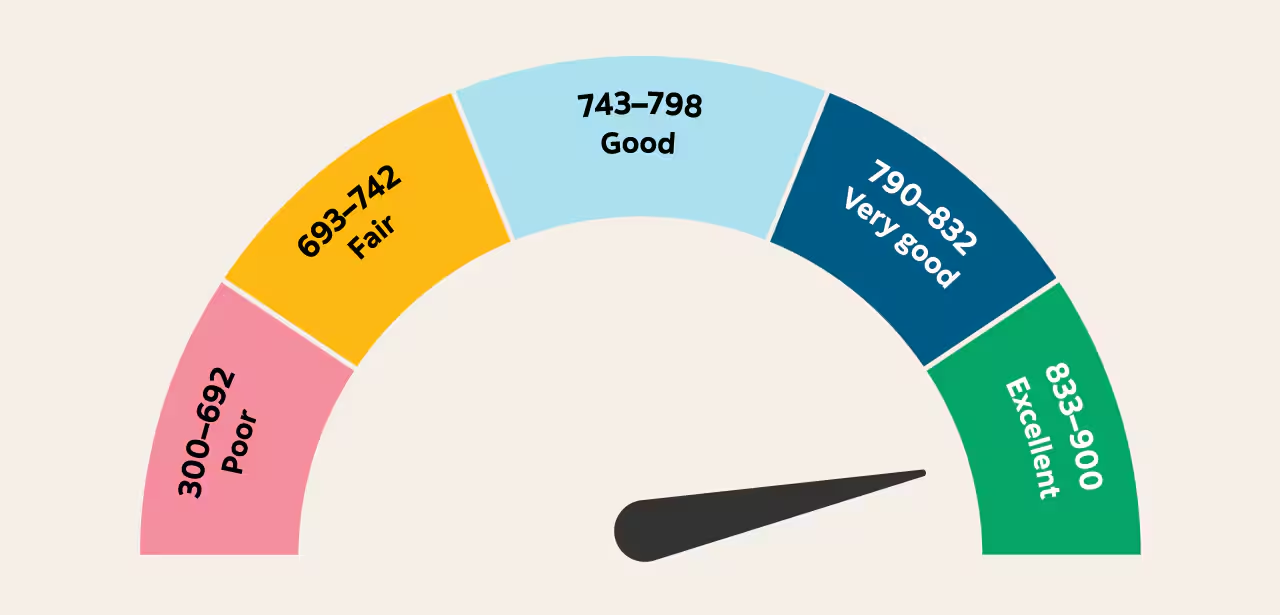The allure of New Zealand's big cities like Auckland and Wellington has been waning as more Kiwis opt for a lifestyle change. Amid rising property prices and evolving work environments, many New Zealanders are moving away from urban centers. This trend is not just a fleeting phenomenon but a significant shift influenced by economic factors, lifestyle preferences, and technological advancements. Understanding this movement is crucial for management consultants and industry professionals aiming to navigate the changing demographic and economic landscape.
Understanding the Urban Exodus: Key Drivers
Recent data from Stats NZ highlights that between 2017 and 2022, Auckland's population growth slowed significantly, with a notable increase in people relocating to regional areas. This trend stems from several underlying factors:
- Housing Affordability: Auckland's median house price reached NZD 1.1 million in 2023, making homeownership increasingly unaffordable for many.
- Remote Work Opportunities: The pandemic accelerated remote work adoption, with companies like Xero leading the charge in flexible work arrangements, enabling employees to live further from city centers.
- Quality of Life: Smaller towns offer a more relaxed lifestyle, with lower living costs and less congestion, attracting families and retirees.
Comparative Analysis: Urban vs. Regional Living
To understand the implications of this migration, a comparative analysis of urban and regional living reveals distinct advantages and challenges. While cities offer better job prospects and amenities, regional areas provide a more affordable and sustainable lifestyle.
Pros of Urban Living
- Job Opportunities: Cities like Auckland and Wellington are hubs for finance, technology, and creative industries.
- Cultural and Social Amenities: Access to museums, theaters, and diverse dining options.
- Public Transport: Well-developed infrastructure facilitates mobility without the need for a car.
Cons of Urban Living
- High Cost of Living: Housing and everyday expenses are significantly higher in urban areas.
- Congestion and Pollution: Traffic and pollution levels are higher, impacting quality of life.
- Limited Space: Smaller living spaces and less access to nature can affect lifestyle satisfaction.
Case Studies: Regional Success Stories
Several regions have successfully attracted new residents by leveraging local strengths and opportunities.
Case Study: Tauranga – Embracing Growth
Problem: Tauranga, once a small coastal town, struggled with economic diversification and attracting skilled labor.
Action: The local council invested in infrastructure and promoted the region as a tech hub, attracting businesses and skilled professionals.
Result: Over five years, Tauranga's population grew by 15%, and its local economy expanded by 20%, driven by new tech startups and increased tourism.
Takeaway: Strategic investment in infrastructure and targeted marketing can transform regional areas into thriving communities.
Debunking Common Myths
Several misconceptions about moving away from big cities persist, which need addressing:
Myth: "Regional areas lack job opportunities."
Reality: With remote work and regional development incentives, many regions offer diverse employment opportunities.
Myth: "City life is more convenient."
Reality: Advances in e-commerce and logistics have made access to goods and services equally convenient in many regional areas.
Future Trends & Predictions
Looking ahead, the trend of moving away from big cities is likely to continue, influenced by several factors:
- Technological Advancements: Continued improvements in digital infrastructure will further enable remote work and decentralized business models.
- Government Policies: Initiatives to boost regional development and housing affordability will incentivize migration to smaller towns.
- Environmental Concerns: The growing emphasis on sustainable living will drive more people to seek eco-friendly communities.
According to a report by the Ministry of Business, Innovation and Employment (MBIE), the regional population is expected to grow by 25% by 2030, underscoring the need for businesses and policymakers to adapt to these shifts.
Conclusion: Embracing the Change
The movement away from New Zealand's big cities reflects broader societal changes. For management consultants and industry leaders, this trend presents both challenges and opportunities. By understanding the drivers behind this shift and leveraging regional strengths, businesses can position themselves for success in a rapidly evolving landscape. Engaging with local communities and investing in regional development will be crucial for sustainable growth.
Are you ready to embrace this change? Share your thoughts and strategies in the comments below!
People Also Ask
- How does the urban exodus impact businesses in New Zealand? Businesses in regional areas report a 30% increase in customer engagement as more people move away from urban centers, according to Stats NZ.
- What are the biggest misconceptions about moving to regional areas? One common myth is that regional areas lack amenities, but many have developed robust infrastructure and offer a high quality of life.
- What are the best strategies for businesses adapting to regional growth? Experts recommend investing in digital infrastructure, local partnerships, and community engagement to capitalize on regional growth.
Related Search Queries
- Why are people leaving big cities in New Zealand?
- Pros and cons of living in regional New Zealand
- Impact of remote work on urban migration
- Regional development strategies in New Zealand
- Future trends in New Zealand's population distribution

































peterspi494565
20 days ago